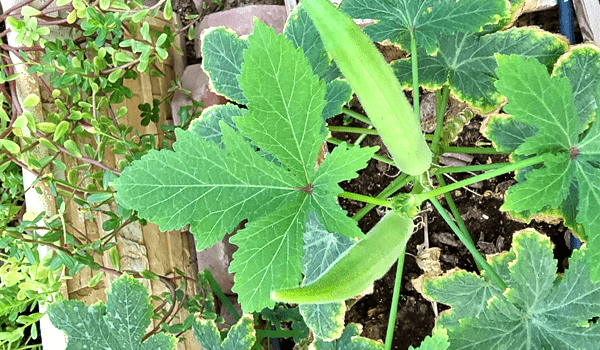|
Listen while working
Getting your Trinity Audio player ready...
|
According to UN data published in 2019, more than 4 billion people live in urban areas globally, which is projected to increase over 7 billion by the year 2050, accounting to more than two thirds of total world population. Just under 1-in-3 people in urban areas globally live in a slum household, which is expected to increase with upsurge in urbanization. This massive shift will increase the demand for living spaces as well other related costs. Reduction in available food sources will further contribute to this upheaval. This decline is mainly due to massive deforestation, high use of fertilizers and soil erosion due to climate change. A recent study has concluded nearly 33% of the world’s arable land has been lost to erosion or pollution in the last 40 years.
The term “vertical farming” was first used in 1915 by American geologist Gilbert Ellis Bailey. Over the span of time a number of experimental studies were conducted to find the best possible way. The modern concept of vertical farming was proposed in 1999 by Dickson Despommier, professor of Public and Environmental Health at Columbia University. His study postulated development of vertical tower farm, able to feed thousands of people.
Vertical farming is a process of growing crops in vertically stacked layers. It incorporates controlled-environment, which aims to optimize plant growth, and soilless farming techniques such as hydroponics, aquaponics, and aeroponics. The best reason which makes vertical farming a choice is the limited space requirement. It is successfully developed in small spaces in buildings, shipping containers, tunnels, small sheds and even in backyard rooms.
Currently, a number of companies specialize in vertical farming, with massive projects already in place. These include Aerofarm, Bowery Farming, Plenty, InFarm, Gotham Greens, Iron Ox, AgriCool, and CropOne in US, GrowUp in UK, Badia Farms and Madar Farms in UAE and a number of others in process of development.
The most common methods employed are
Hydroponics
Hydroponics refers to the method of growing plants without soil. It comes from a Latin word meaning “working water.” The entire system is based on water channels providing nutrients, hydration, and oxygen to plant life. The stacks are designed such that, roots of plants are submerged in liquid solutions containing essential macronutrients in specific formulations. Data suggests a considerable increase in yields with Hydroponics for many vegetables, making it a choice for majority of commercially based farms.
Aquaponics
This is a further enhancement of Aquaponics system, which integrates the growing plants with the aquatic organisms in a closed-loop system. The wastewater from the fish tanks and breeding farms is utilized after filtration and chemical addition, making it nutrient rich for plant growth. The water is then recycled back to the fish tanks. However, the complexity of the system and higher costs, makes it less desirable for commercial farms.
Aeroponics
It is an advanced system, developed basically for Space. It does not require any liquid or solid medium to grow plants, instead, a liquid solution with nutrients is misted up in air chambers where the plants are suspended. This is considered as the best sustainable system, due to minimal water requirements, however, higher costs of developing the chambers makes it less desirable.
The most important process involved in vertical farming is Controlled Environment Agriculture (CEA) technology, which requires a well-balanced and nutrient rich atmosphere for optimal growth of plants. The farms are designed in a specific layout of stacked layers, enabling temperature and humidity control as well as ample lighting to promote photosynthesis. The plants are usually grown in small containers with growing mediums like peat moss or coconut husks to facilitate growth of roots.
Vertical farming, despite of all its advantages, of higher costs of setup and highly technology dependent yields, is still a new technology, and its financial and economic feasibility is yet to be established. Yet it provides a great new startup of agriculture, in places of extreme weathers and in desert places, where conventional farming is next to impossible. It is being termed as the future of agriculture, evident by the recent startup company PLENTY in USA which received a huge funding of US$ 200 million for its multiple projects.
Vertical farming is currently the best technology being employed, to replenish the food shortages expected within next 2-3 decades. With further research, it will not only reduce the cost but will also become economically feasible for the medium and small investors to develop farms, catering there local areas.
According to the Food and Agriculture Organization (FAO) of the United Nations.
An estimated 1.3 billion tons of food is wasted globally each year, one third of all food produced for human consumption. The amount of food lost or wasted costs 2.6 trillion US$ annually and is more than enough to feed all the 815 million hungry people in the world.



